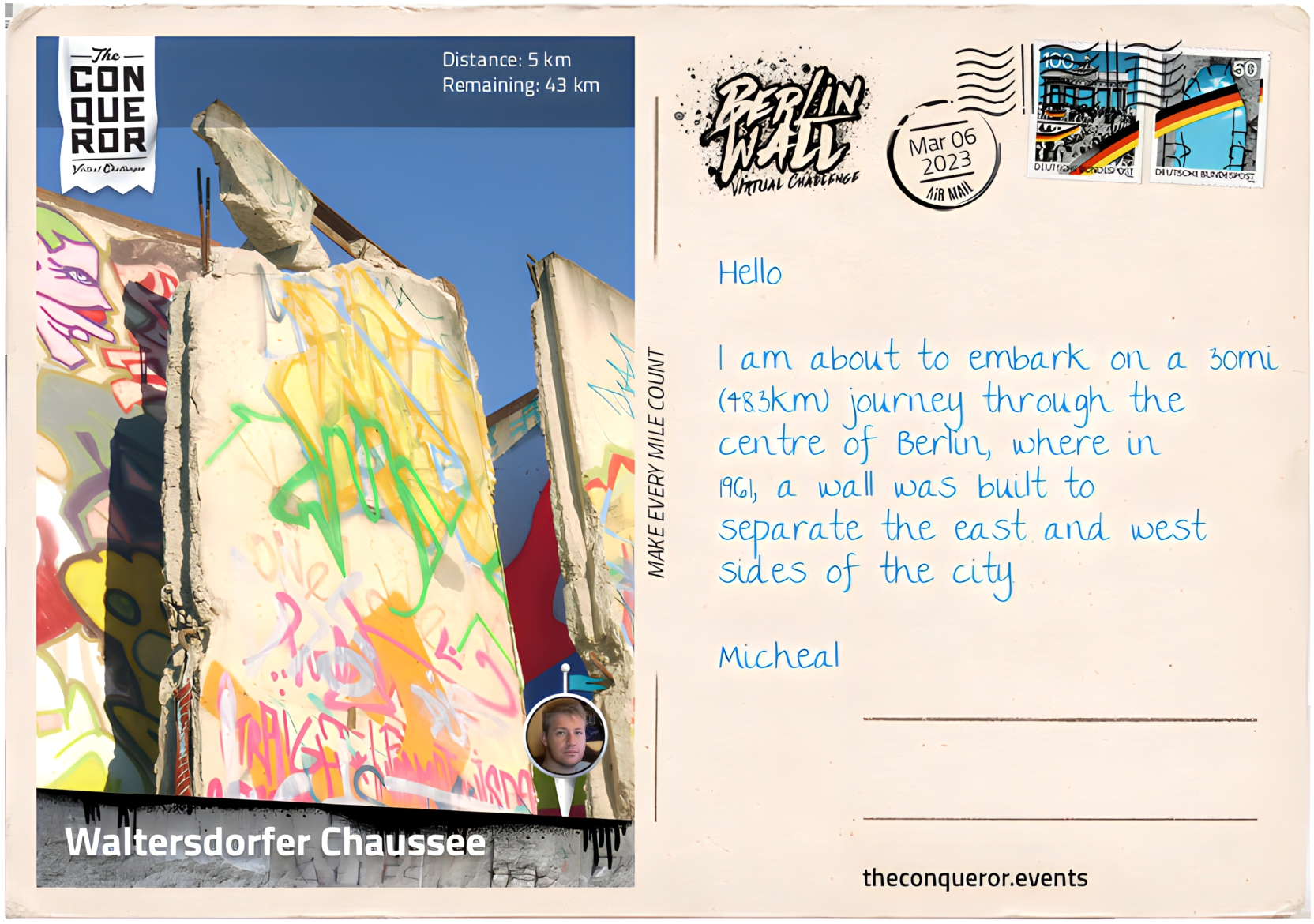Berlin Wall: Waltersdorfer Chaussee

Berlin, the capital city of Germany and one of the most populous cities in Europe, is home to 3.8 million people. It is a thriving tourist destination, known for its rich culture, diverse architecture, vibrant nightlife, and numerous festivities, as well as its high quality of life. However, this was not always the case.
After the heavy bombing of World War II, Berlin was left decimated. Following Germany’s loss in the war in 1945, the country was divided into four sectors by the Allies: the United States, Great Britain, France, and the Soviet Union (USSR). East Germany was occupied by the USSR, and West Germany was split between the other three. As the capital city, Berlin was located in East Germany and was also divided into East and West Berlin.
Initially, movement within the capital and around the country was unrestricted. However, as East Germany began to lag behind in terms of rebuilding and quality of life, the Soviets grew increasingly concerned about the number of defections to the west, particularly among professionals. In an attempt to stop the “brain drain,” the Soviets closed their borders to West Germany. However, the border in Berlin remained open, allowing East Berliners to take advantage of the opportunity to escape. By 1961, over 300,000 had fled within the first six months of the year.
In August of that year, the Soviets laid more than 6,000 miles (9,600 kilometers) of barbed wire around West Berlin’s 96 miles (156 kilometers) perimeter, marking the end of border crossing. The first concrete wall was built that same year, with subsequent fortifications added over the next 14 years. A second wall was constructed about 100 meters from the first one, with the gap between them becoming known as the “death strip.”
Overnight, families, friends, and neighbors were separated. East Berliners whose homes crossed the boundary found themselves with their back door nailed shut and bricked over. Many were relocated as buildings were demolished to make way for the “death strip.” The Waltersdorfer Chausse was a border crossing used by West Berliners and foreigners heading to the Schönefeld Airport in East Germany. The airport was also the site of a daring escape attempt by a couple who hijacked a domestic flight shortly after takeoff and tried to force the crew to fly to West Germany. The attempt failed, and the couple ended up taking their own lives, stating that death was the best solution if their plan failed.
As I head north along the Berlin Wall Trail, I will encounter stories of both successful and unsuccessful attempts to escape the city.
Want to join this challenge? Click here.
More from the Berlin Wall Challenge:







Keep In Touch